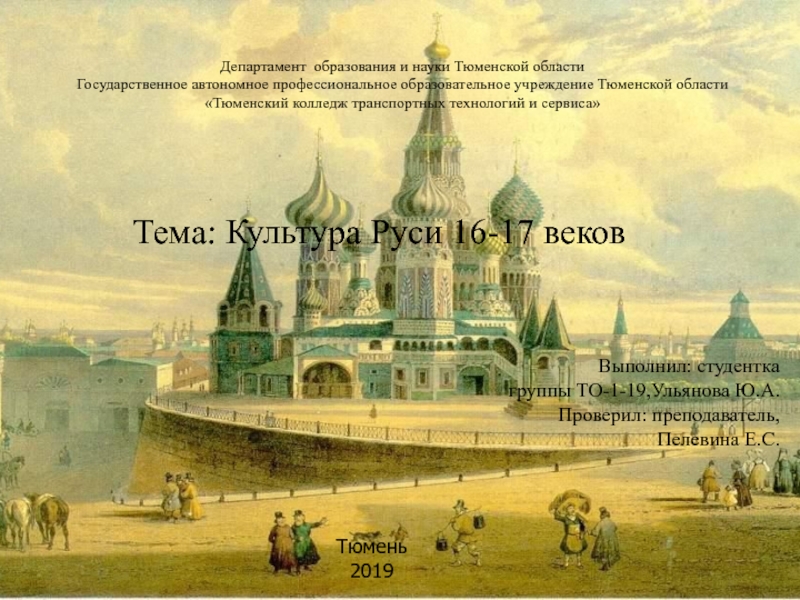Разделы презентаций
- Разное
- Английский язык
- Астрономия
- Алгебра
- Биология
- География
- Геометрия
- Детские презентации
- Информатика
- История
- Литература
- Математика
- Медицина
- Менеджмент
- Музыка
- МХК
- Немецкий язык
- ОБЖ
- Обществознание
- Окружающий мир
- Педагогика
- Русский язык
- Технология
- Физика
- Философия
- Химия
- Шаблоны, картинки для презентаций
- Экология
- Экономика
- Юриспруденция
PHOTOSYNTHESIS
Содержание
- 1. PHOTOSYNTHESIS
- 2. Why is Photosynthesis important?Makes organic molecules (glucose)
- 3. Photosynthesis-starts to ecological food webs!
- 4. Plants use sunlight to turn water and
- 5. How do we know that plants make
- 6. PhotosynthesisCarbon dioxide + water
- 7. Plant leaves have many types of cells!
- 8. Plant Cells
- 9. The photograph below is an elodea leaf
- 10. Chloroplasts make the sugars!
- 11. PlantsLeaves are green because they containthe pigment:chlorophyllLeaves
- 12. Chloroplasts make the oxygen too!
- 13. PHOTOSYNTHESISWhy do we see green? Chloroplast: organelle responsible for photosynthesisChlorophyll: located within ChloroplastGreen pigment
- 14. In plants and simple animals, waste products
- 15. PHOTOSYNTHESIS2 PhasesLight-dependent reactionLight-independent reactionLight-dependent: converts light energy
- 16. PHOTOSYNTHESISLight-dependent reaction (LIGHT Reaction)Requires lightOccurs in chloroplast
- 17. PHOTOSYNTHESISHow did we get O2 as a byproduct?!Photolysis: replaces lost electrons by splitting water
- 18. SunChlorophyll passes energy down through the electron
- 19. PHOTOSYNTHESISLight-independent reaction (Dark Reaction)Does not require lightOccurs
- 20. Terminology
- 21. Скачать презентанцию
Слайды и текст этой презентации
Слайд 1PHOTOSYNTHESIS
Autotrophic Process: Plants and plant-like organisms make their energy (glucose)
from sunlight.
sunlight C6H12O6 + 6O2Слайд 2Why is Photosynthesis important?
Makes organic molecules (glucose) out of inorganic
materials (carbon dioxide and water).
It begins all food chains/webs. Thus
all life is supported by this process.It also makes oxygen gas!!
Слайд 4Plants use sunlight to turn water and carbon dioxide into
glucose. Glucose is a kind of sugar.
Plants use glucose
as food for energy and as a building block for growing.Autotrophs make glucose and heterotrophs are consumers of it.
Photo-synthesis
means "putting together with light."
Слайд 5How do we know that plants make carbohydrates from just
carbon dioxide water and light energy?
For example:
Jan Baptisa van Helmont
(1648) planted a willow branch weighing 5 pounds into 200 pounds of soil and then after 4 years the tree weighed 169 lbs. and the soil was still nearly 200 lbs. Experiments!
Слайд 6Photosynthesis
Carbon dioxide + water
glucose +
oxygensunlight
absorbed by chlorophyll
6CO2 + 6H2O + energy C6H12O6 + 6O2
Слайд 9The photograph below is an elodea leaf X 400. Individual
cells are clearly visible. The tiny green structures within the
cells are chloroplasts this is where photosynthesis happens.Слайд 11Plants
Leaves are green because they contain
the pigment:
chlorophyll
Leaves have a large
surface area to absorb as much light as possible
"Thanks for
the Glucose!" Слайд 13PHOTOSYNTHESIS
Why do we see green?
Chloroplast: organelle responsible for photosynthesis
Chlorophyll:
located within Chloroplast
Green pigment
Слайд 14In plants and simple animals, waste products are removed by
diffusion. Plants, for example, excrete O2, a product of photosynthesis.
Слайд 15PHOTOSYNTHESIS
2 Phases
Light-dependent reaction
Light-independent reaction
Light-dependent: converts light energy into chemical energy;
produces ATP molecules to be used to fuel light-independent reaction
Light-independent:
uses ATP produced to make simple sugars.Слайд 16PHOTOSYNTHESIS
Light-dependent reaction (LIGHT Reaction)
Requires light
Occurs in chloroplast (in thylakoids)
Chlorophyll (thylakoid)
traps energy from light
Light excites electron (e-)
Kicks e- out of
chlorophyll to an electron transport chainElectron transport chain: series of proteins in thylakoid membrane
Bucket brigade
Слайд 17PHOTOSYNTHESIS
How did we get O2 as a byproduct?!
Photolysis: replaces lost
electrons by splitting water
Слайд 18Sun
Chlorophyll passes energy down through the electron transport chain.
for
the use in
light-independent reactionsbonds
P
to ADP
forming ATP
oxygen
released
splits
H2O
H+
NADP+
NADPH
Light energy transfers to chlorophyll.
Energized electrons provide energy that
At each step along the transport chain, the electrons lose energy.






































